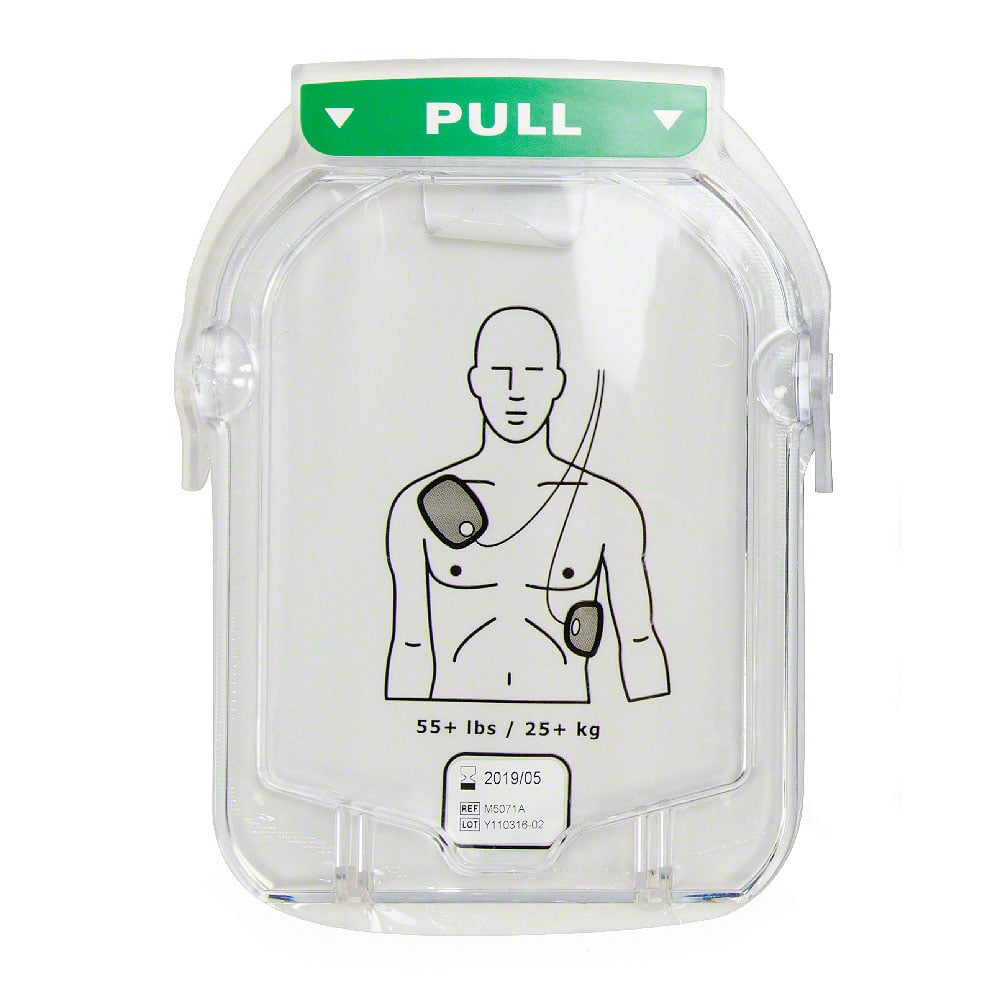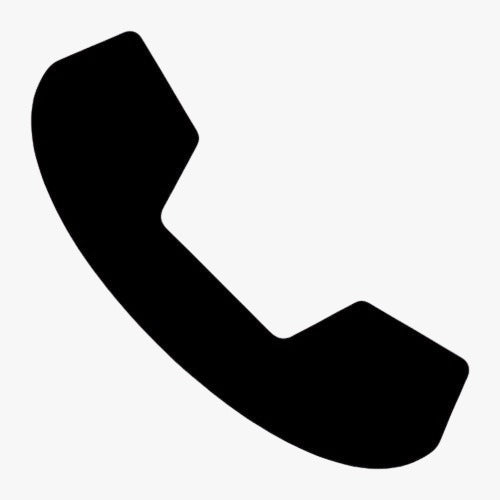An automated external defibrillator (AED) is one of the most important investments you can make for your home, school, or small business. But a successful rescue involves more than just the device itself. To truly be prepared, you need to think beyond the box and create a complete life saving station that is visible, accessible, and ready for action at a moment’s notice.
Many people get stuck trying to navigate complex compliance documents from sources like OSHA or the American Heart Association. Others find guides that are too narrow, focusing only on mounting a cabinet without explaining which one to choose. This guide provides a clear, practical framework. We will walk you through building the perfect AED station for your specific needs, ensuring you are not just compliant, but genuinely prepared to save a life.
Location location location the 3 minute rule
When a person suffers sudden cardiac arrest, every second counts. The American Heart Association notes that survival chances decrease significantly with each passing minute. The goal is to have a rescuer reach the victim, retrieve the AED, and deliver a shock within three minutes. This is the "3 minute rule," and it should be the guiding principle for choosing your AED station’s location.
To find the best spot, identify central, high traffic areas. Think about places like the main lobby, a hallway near an elevator, a staff break room, a community hall, or next to the court in a gymnasium. The ideal location is easy to see and access for everyone.
To ensure accessibility, you should also follow Americans with Disabilities Act (ADA) guidelines. These best practices recommend mounting the AED so that its handle is no more than 48 inches from the floor. If the cabinet is not recessed into the wall, it should not protrude more than 4 inches to avoid becoming an obstruction in a hallway.
Choosing the right cabinet a decision making framework
The cabinet is the cornerstone of your AED station. It protects your device, enhances visibility, and can even act as a notification system. Choosing the right one depends entirely on your environment. Rather than a one size fits all approach, use this framework to decide.
For quiet secure environments like a home or small office
In a controlled setting where the device is secure from theft or tampering, a standard AED wall cabinet is an excellent choice. It keeps the AED protected from dust and damage while ensuring it is clearly visible and ready for use without any loud alarms that might be unnecessary in a private space.
For public areas like lobbies and hallways
In public or semi public spaces, an alarmed AED cabinet provides an essential layer of security and awareness. When the door is opened, a loud alarm sounds. This serves two key purposes, it deters potential theft and immediately alerts anyone nearby that the AED has been deployed for a possible emergency.\
For noisy environments like schools gyms or factories
A loud alarm can easily be drowned out in a bustling school hallway, a loud gymnasium, or a factory floor. For these locations, an alarmed cabinet with a strobe light is the best option. The bright, flashing light provides a powerful visual alert that cuts through ambient noise, ensuring staff and bystanders are aware of the situation.
For outdoor or harsh environments like pools or sports fields
AEDs contain sensitive electronics that need protection from extreme temperatures, moisture, and dust. For outdoor placements at sports complexes, pools, or work sites, a dedicated outdoor weatherproof cabinet is non negotiable. These rugged enclosures are designed to shield the device from the elements and maintain its readiness.
Guiding the rescuer essential signage
During an emergency, a panicked rescuer needs to find the AED instantly. Clear and effective signage is crucial for creating a "path of sight" that leads people directly to the station. Placing a small sign just on the cabinet is not enough.
Think about the approaches to your AED station. Use a 3D projecting sign, often called a v sign, at the start of a long hallway so it can be seen from either direction. Place a flat wall sign directly above the cabinet for immediate identification. For office suites or rooms, an AED window decal on the door lets people know a life saving device is inside. Proper signage removes guesswork and saves precious time.

Completing your station the must have accessories
The AED and cabinet are the core of your station, but a few key accessories transform it from a simple setup into a comprehensive readiness system.
Spare and pediatric electrode pads
AED electrode pads are for one time use only. After any event, they must be replaced. Having a spare set of adult pads, like the HeartSine Samaritan Pad-Pak, ensures your AED can be put back into service immediately. If children are ever present at your location, such as in a school or community center, having a set of pediatric pads is essential. These pads deliver a reduced shock dose appropriate for a child.
A fast response kit
A sudden cardiac arrest victim may be wearing thick clothing, or a person with a hairy chest may prevent the pads from making good skin contact. A Fast First Response Kit contains the essential tools to overcome these challenges, including trauma shears, a prep razor, and nitrile gloves. Keeping one of these kits with your AED can save critical seconds when it matters most.
Inspection and maintenance tools
Regular checks ensure your AED is ready to perform. Simple tools like AED inspection tags help you keep a physical log of monthly checks. For even greater convenience and peace of mind, the Response Ready App automates readiness checks and compliance reminders, making it simple to manage one or even multiple devices across different locations.

Blueprints for success sample station builds
Putting it all together can seem daunting, but it doesn't have to be. Here are a few sample blueprints to help you visualize a complete station for different environments.
The home station
For home use, prioritize simplicity and ease of use. A great setup includes a user friendly device like the Philips HeartStart OnSite, a standard non alarmed cabinet, and a single wall sign placed in a central area like the kitchen or living room.
The school or community center station
These locations require high visibility and readiness for all ages. An ideal setup features a fully automatic AED like the HeartSine Samaritan PAD 360P, an alarmed cabinet with a strobe light, 3D projecting signage in hallways, a Fast Response Kit, and a spare Pediatric Pad-Pak.
The small business station
For an office or small business, durability and compliance are key. Consider a rugged device like the Defibtech Lifeline AED, an alarmed cabinet to alert staff, clear signage, and enrollment in an AED program management service, such as the Response Ready App, to effortlessly track maintenance and compliance.
You are ready to build your life saving station
By focusing on location, choosing the right cabinet, installing clear signage, and including the necessary accessories, you can create an AED station that inspires confidence. You are no longer just buying a device, you are building a complete system designed to empower anyone to become a hero.
Now that you have the framework, you can confidently build your own custom AED value package. Select your cabinet, add spare pads, and get everything you need in one place. If you have questions, our experts are available via live chat or phone to help you choose the perfect setup.
Frequently asked questions
Q: How do I know if I need an alarmed cabinet?
A: If your AED is in an unsupervised public area, an alarmed cabinet is highly recommended. The alarm deters theft and alerts people that an emergency may be in progress. For a secure location like a private home or a small, supervised office, a standard non alarmed cabinet is usually sufficient.
Q: What are pediatric pads and do I need them?
A: Pediatric pads are designed to deliver a lower energy shock suitable for children under 8 years old or weighing less than 55 pounds. If your facility is a school, daycare, community center, church, or any place children frequently visit, having a set of pediatric pads is a critical part of being prepared.
Q: What is a Fast Response Kit and why is it important?
A: A Fast Response Kit contains essential tools like trauma shears, a prep razor, and gloves. These items are vital for quickly preparing a victim for pad placement, especially if they are wearing heavy clothing or have a hairy chest that could interfere with adhesion. It saves critical seconds during a rescue.
Q: How high should I mount the AED cabinet?
A: To comply with ADA accessibility guidelines, the handle of the AED or the opening of its cabinet should be no higher than 48 inches from the floor. This ensures the device is within reach for as many people as possible, including those in a wheelchair.
Q: How can I manage readiness checks for multiple AEDs?
A: Managing multiple devices is simple with modern tools. The Response Ready App helps you automate monthly readiness checks and compliance reminders right from your phone. As users have noted, it makes managing defibrillators across different buildings convenient and intuitive.






